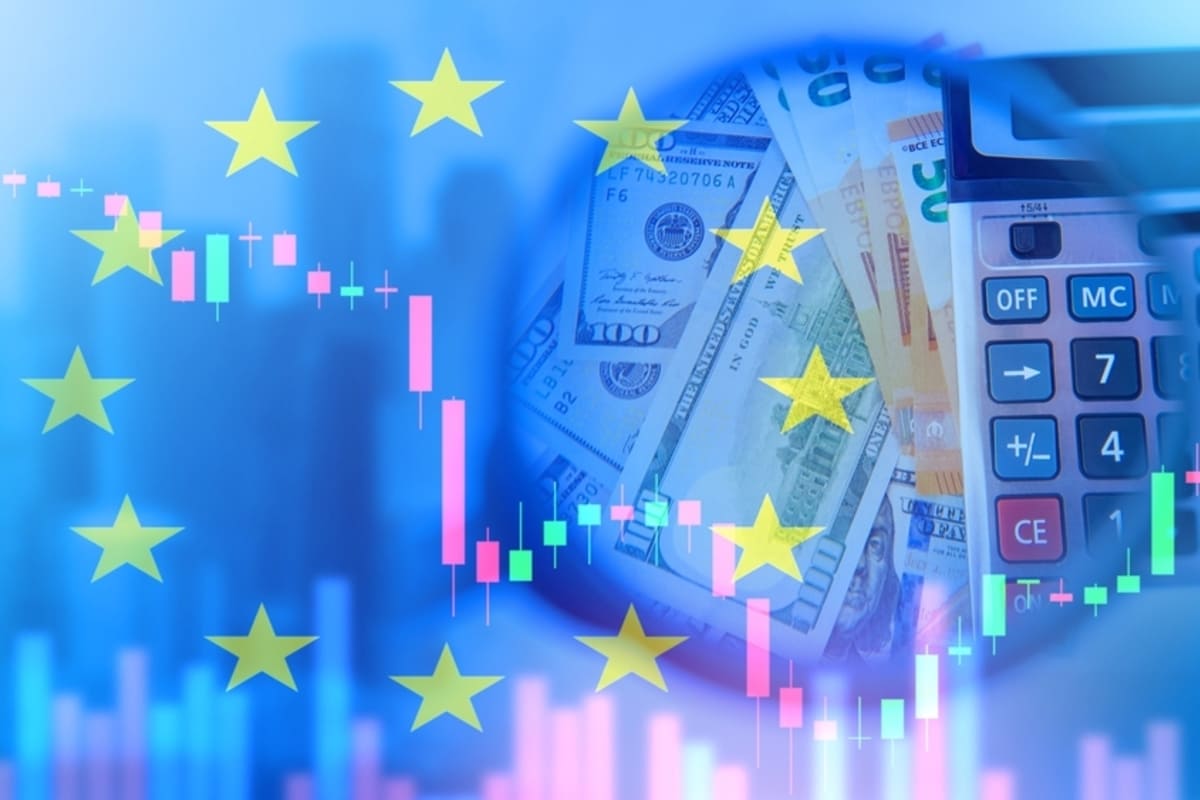The Euro Area (eurozone) annual inflation rate remained steady at 2.0 percent in July, unchanged from June, according to official data released by Eurostat, the statistical office of the European Union. This marks the second consecutive month that inflation in the Eurozone has aligned with the European Central Bank’s (ECB) official target of 2 percent. The stable inflation rate contrasts with the previous year’s rate of 2.6 percent, indicating a continued moderation in price growth within the bloc.
The inflation dynamics in the Eurozone showed a nuanced performance in July. Services made the highest contribution to the inflation rate, adding about 1.46 percentage points. This sector’s inflation slightly retreated to 3.1 percent from 3.3 percent in June, tying a three-year low experienced in May. Meanwhile, the food, alcohol, and tobacco segment saw an acceleration in inflation to 3.3 percent, up from 3.1 percent in June, contributing 0.63 percentage points to the overall rate. Non-energy industrial goods inflation also increased from 0.5 percent to 0.8 percent, adding a further 0.18 percentage points. On the other hand, energy prices continued their downward trend, with deflation easing marginally from -2.6 percent in June to -2.4 percent in July, subtracting 0.23 percentage points from the inflation rate.
Core inflation, which excludes volatile components such as energy, food, alcohol, and tobacco, held steady at 2.3 percent, marking its lowest level since January 2022. This steadiness suggests that underlying inflation pressures are subdued despite fluctuations in individual sectors.
Variations by member state
Looking at the wider European Union, the annual inflation rate rose slightly to 2.4 percent in July 2025, up from 2.3 percent in June but down from 2.8 percent a year earlier. Within the EU, inflation rates varied significantly by member state. The lowest rates were recorded in Cyprus at 0.1 percent, France at 0.9 percent, and Ireland at 1.6 percent, while the highest were seen in Romania at 6.6 percent, Estonia at 5.6 percent, and Slovakia at 4.6 percent. Compared to June, annual inflation decreased in eight member states, remained stable in six, and increased in thirteen.
The European Central Bank’s Governing Council kept its three key interest rates unchanged in July 2025—deposit facility at 2.00 percent, main refinancing operations at 2.15 percent, and marginal lending facility at 2.40 percent. The ECB emphasized that inflation is currently consistent with its 2 percent medium-term target. The Council’s decision reflects broad confidence in the inflation outlook, acknowledging the continued easing of domestic price pressures and slower wage growth. The ECB also noted that the economy had shown resilience in a challenging global environment, despite outstanding uncertainties, especially due to ongoing trade disputes.
Read more: ECB maintains interest rates at 2 percent, pausing its year-long easing cycle
Investment caution among firms
The ECB confirmed its commitment to a data-dependent approach, adjusting monetary policy instruments as necessary to ensure inflation remains stable around the 2 percent target in the medium term. This cautious stance demonstrates the ECB’s readiness to react to changing economic conditions while preserving the smooth transmission of monetary policy across Euro Area countries.
From the economic perspective, several factors underpin the inflation outlook. Wage growth has moderated, which helps restrain inflation, while consumer spending remains supported as many people continue to have secure employment and improving real incomes. Firms have exhibited caution in investment decisions due to global uncertainties and higher costs related to trade tensions and a stronger euro, which makes Eurozone exports more expensive internationally. Public spending, particularly in defense and infrastructure, along with slightly increased credit demand by firms, are expected to support economic activity.
